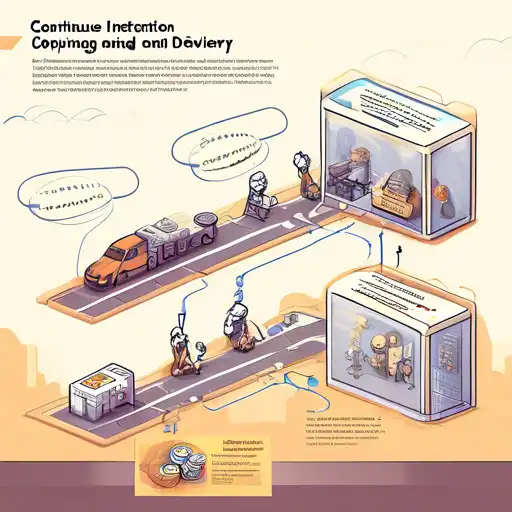What is Continuous Integration and Delivery?
Continuous Integration (CI) and Continuous Delivery (CD) are foundational elements of modern software development practices. They enable teams to deliver high-quality software rapidly and efficiently. CI/CD automates the integration of code changes from multiple contributors into a single software project, ensuring that the software can be reliably released at any time.
The Benefits of CI/CD
Implementing CI/CD pipelines brings numerous benefits to software development teams, including:
- Reduced integration problems
- Faster release cycles
- Higher quality software
- Improved developer productivity
By automating the build, test, and deployment processes, teams can focus more on development and less on the logistics of software release.
Key Components of CI/CD
A successful CI/CD pipeline includes several key components:
- Version Control System (VCS): Tools like Git help manage code changes.
- Build Automation: Compiles source code into executable code.
- Automated Testing: Ensures that the code meets quality standards.
- Deployment Automation: Moves the code to production or staging environments.
Together, these components ensure that software can be developed, tested, and released with minimal manual intervention.
Best Practices for Implementing CI/CD
To maximize the benefits of CI/CD, teams should adhere to the following best practices:
- Commit code frequently to detect issues early.
- Automate as much as possible to reduce human error.
- Monitor the pipeline to quickly identify and resolve failures.
- Ensure that the build process is fast to maintain developer productivity.
Adopting these practices can significantly improve the efficiency and reliability of software development projects.
Challenges and Solutions
While CI/CD offers many advantages, teams may face challenges such as:
- Integration with legacy systems
- Managing complex dependencies
- Ensuring security throughout the pipeline
Solutions include using containerization to manage dependencies, implementing security scans in the pipeline, and gradually integrating legacy systems into the CI/CD process.
Conclusion
Continuous Integration and Delivery are critical for teams aiming to improve their software development processes. By automating the integration and delivery of code, teams can achieve faster release cycles, higher quality software, and improved productivity. For more insights into optimizing your development workflow, explore our guide on DevOps tools.
